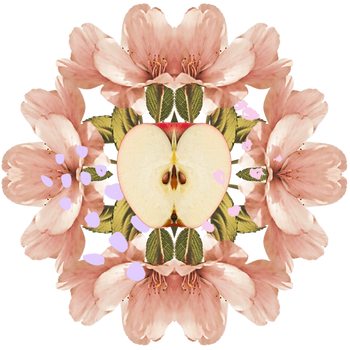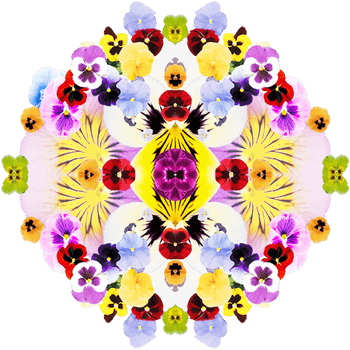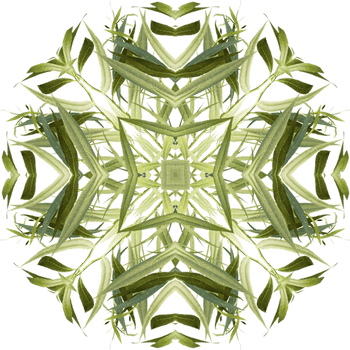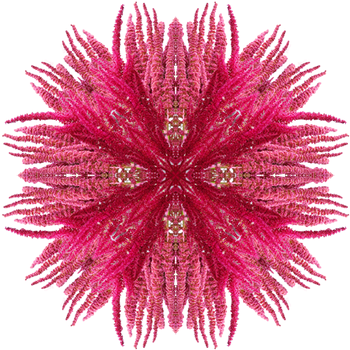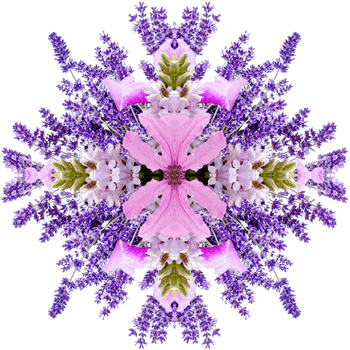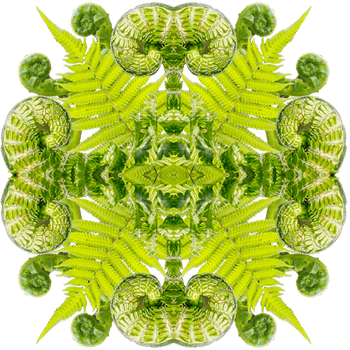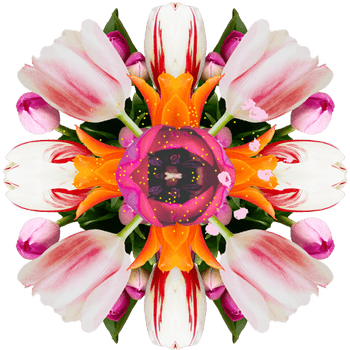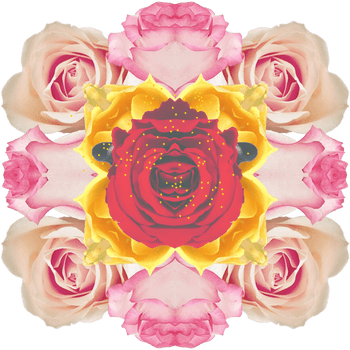Tea
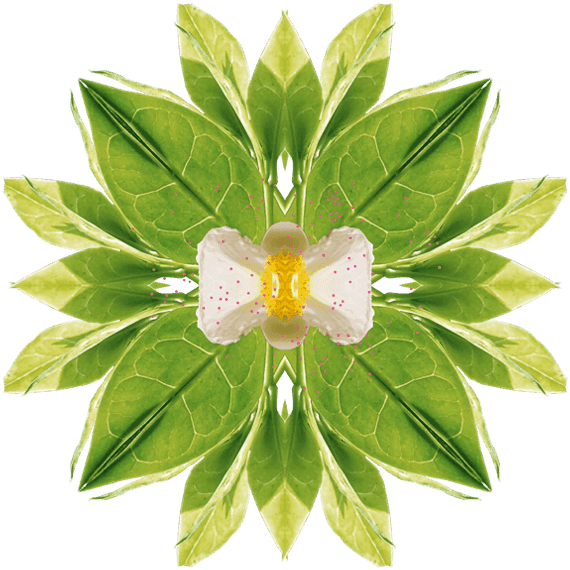
A plant of empire. While a quintessentially English drink nowadays, and well known for being grown in India, tea has its roots in the history of empire. Originally found and imported solely from China, the East India Company moved to prevent a Chinese monopoly on the product by smuggling the plant, and the secrets of its cultivation, out of China and into India. Soon, tea became established as a profitable export for landowners.
The story
Origins
Caffeine is present in many plants. They use it to deter insects, and to disrupt the germination of other plants that might otherwise compete with them. In tiny quantities added to flower nectar, caffeine even seems to help bees to remember their way back to the flower. But caffeine is also a drug with strong effect on humans as a stimulant and aid to concentration. Most cultures use plants containing caffeine as a social lubricant.
across cultures
No gathering in West Africa would be complete without kola nuts (which were the basis for cola drinks); the yaupon or ‘Indian tea’ of southeast USA and yerba maté of south America are both brewed from the dried leaves of caffeine-rich species of holly.
Coffee, made from the roasted beans of a dainty little tree that originated in Ethiopia, was popularised initially by Arab traders. And then… there is tea. Just the word is enough to make true addicts and aficionados, feel suddenly thirsty! Pleasingly astringent and slightly bitter, tea is grown-up and energising.
tea make-up
Tea is made from the leaves of a shrub which probably originated in southwestern China and has been domesticated and drunk there for more than 2000 years. Green tea is made directly from the dried leaves, while black tea is made from leaves that have first been allowed to wilt and oxidise.
becoming fashionable in Europe
Chinese tea became fashionable in Europe in the 17th and 18th centuries. Dry tea, which is very light in weight, was packed in the holds of ships together with cheap porcelain to act as ballast. The porcelain, or ‘china’ as it became known, became a commodity in its own right, and its popularity inspired Josiah Wedgwood in the mid-18th century to establish his Staffordshire factory, which exported teapots and crockery all over the world.
But China still had a hold over the tea itself. Spotting a business opportunity, the British East India Company established a secret mission to smuggle tea plants out of China to break its monopoly. Those plants became the basis of the Indian tea industry; land was offered to any European who agreed to cultivate it for export. The price dropped and by the late 19th century tea had become a pick-me-up that everyone could afford.
Explore more
Want to delve deeper into the world of trees and plants?
Check out author Jon Drori's beautifully illustrated works, Around the World in 80 Trees and Around the World in 80 Plants - intertwining botany with history, culture and folklore. Both are available from all booksellers or via Jon’s website. Jon has very kindly offered a 25% discount with the voucher code 80JONDRORI.
Click below to listen to original music by Rakae Jamil, alongside spoken text by Jon Drori created in response to Tea, Iconic Plant and commissioned especially for PoliNations. Narration by Jade Samuels. To listen to the music by itself. click the link further up the page.
